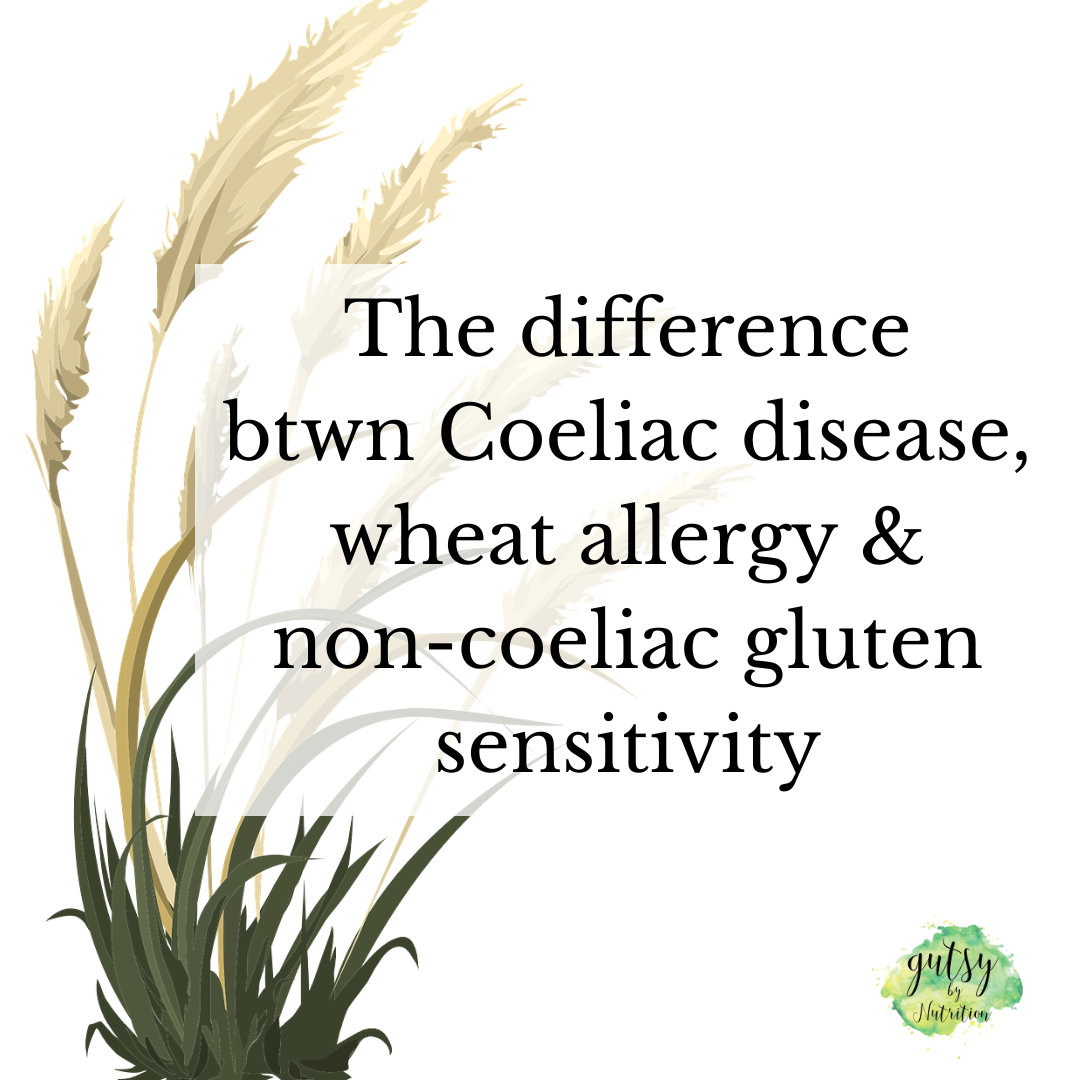How do Coeliac disease, wheat allergy & non-Coeliac gluten sensitivity differ?
Coeliac disease, wheat allergy and non-coeliac gluten sensitivity are different gluten related disorders, with similar symptoms but different disease pathways. They are all very real.
Coeliac disease is a T-cell mediated autoimmune reaction (part of the adaptive rather than innate immune system that you're born with) triggered by eating gluten proteins found in wheat and other gluten-containing grains. The autoimmune inflammatory cascade occurs only in the small bowel, where it leads to small intestine disease and malabsorption. To have Coeliac disease you must have inherited a gene.
A wheat allergy is a different type of immune reaction, also to proteins contained in gluten-containing grains. It involves a full allergic reaction and immunoglobulin E (IgE) antibodies, which create an inflammatory response to several allergenic gluten proteins.
The third, and less studied but nonetheless scientifically validated response to gluten, is non-coeliac gluten sensitivity (NCGS) where people suffer a wide range of intestinal and non-intestinal symptoms shortly after eating gluten.
While with NCGS there is an absence of coeliac-specific antibodies and villous atrophy (the villi are tiny hair-like appendages that line the small intestine, increasing the surface area to support maximum nutrient absorption) or any allergy related process like with wheat allergy, up to 50% of sufferers have IgG or antigliadin in their blood, a blood marker for Coeliac disease. So far, no blood or other criteria exists to confirm a diagnosis.
Eliminating all gluten for 2-3 weeks before reintroducing it can help identify a gluten problem.
All three conditions can be improved using nutrition.
I'm a Certified Gluten Free Practitioner, a qualification I obtained by studying with Dr Tom O'Bryan.

